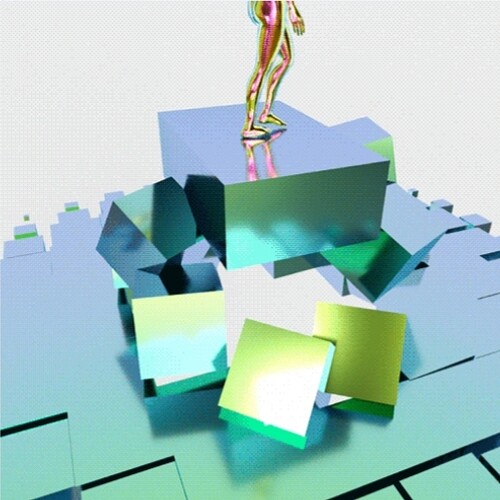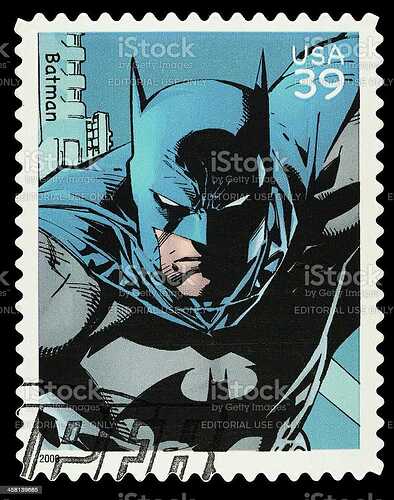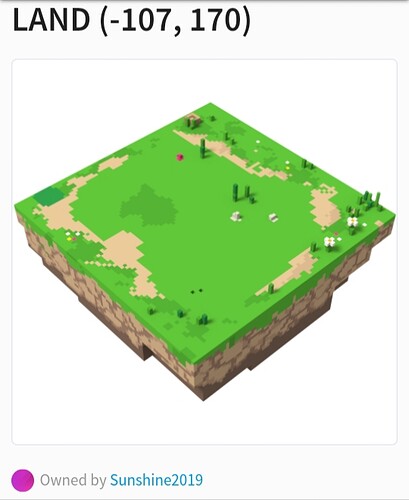Uploading: IMG_20201021_071516_485.jpg…
While the world has had enough time to get acquainted with Bitcoin and other digital currencies, including DeFi (Decentralized Finance), yet another latest type of digital asset has been rapidly gaining our attention.
If you have been into the crypto space for some time, there is no doubt you have heard about non-fungible tokens (NFTs). Non-Fungible Tokens take blockchain applications way beyond the usual digital currency usage – that is, to say, the possible use cases of this technology are almost endless.
Today will talk in detail of non-fungible tokens, their uniqueness and how can they benefit the current society.
What is a Non-Fungible Token (NFT)?
Basically, NFT is a digital crypto token that is backed by blockchain. Each token is considered an asset with its own unique ID code that can be used to trace the transactions of the NFT (buying, selling, trading) as well as prove its authentication effortlessly and instantly.
What makes them unique is the data or the information stored within the NFTs. The identifying data inside NFTs are stored in their smart contracts.
Another very important feature of NFTs: they are indivisible, meaning that you can’t send a portion of a non-fungible token to someone. However, it is very easy to do this with BTC.
Fungible Meaning
In economics, fungibility is the property of a good or a commodity whose individual units are essentially interchangeable, and each of its parts is indistinguishable from another part.
For example, gold is fungible since a specified amount of pure gold is equivalent to that same amount of pure gold, whether in the form of coins, ingots, or in other states. Other fungible commodities include sweet crude oil, company shares, bonds, other precious metals, and currencies. Fungibility refers only to the equivalence and indistinguishability of each unit of a commodity with other units of the same commodity, and not to the exchange of one commodity for another.
Source: Fungibility - Wikipedia
Fungibility Concept
While fungibility might sound a bit complex, it is really a very simple principle and in fact, all of us are already familiar with it. Fungibility refers to the concept of the exchangeability of a particular item/asset. For instance, a simple dollar bill is a perfect example – a $1 dollar bill in my pocket worth exactly the same as the $1 dollar bill in your pocket. We could exchange these bills and both of us would neither win nor lose – because the value of these assets is the same and they are interchangeable.
Yet, if we were to exchange, let’s say, plane tickets, we would have a complete different experiences, based on the unique information present on those tickets. Thus, they are non-fungible – in other words, the kind of item is the same, but the value is different because of the information unique to that item. We can’t simply exchange plane tickets – as one would take you to the neighboring city, and the other might be for the plane going halfway around the world.
This uniqueness, or non-fungibility, is what makes NFTs so great. If we are to apply this concept to the cryptocurrency space, Bitcoin is a great example of a fungible token. BTC has a total supply for 21 million identical coins - any user could exchange one Bitcoin for another and the value would be the same.
NFT Applications
As mentioned before, applications of NFTs are virtually endless. As a matter of fact, this class of tokens can serve as a foundation of a new blockchain-led digital economy. In contrast to fungible tokens, NFTs are able to facilitate the process of data and assets digitization.
Yet, if we were to look at the present uses of NFTs, there is a number of them, which varies from rare art to video games. Let’s take a closer look.
Fine Art
At the moment, digital artists experience a lot of difficulties protecting their copyright. On the web, lots of people disregard the uniqueness and talent behind numerous creations and simply use the asset however they please. With the use of NFTs, digital artists can sell their creations and
buyers can showcase them in a virtual space – in this case, the proof of ownership would be stored on the blockchain.
One of the examples of current projects like that is SuperRare – a blockchain project that is creating non-fungible tokens that enable digital artists to link an image or a GIF they’ve created to a token. This NFT represents ownership of the item and allows the creator to retain their copyrights.
A five-piece collection of Batman digital art was sold for a combined 540.86 ether on Makersplace, which set a new all time high for NTF in the art world.
Picture: https://pixabay.com/photos/batman-lego-egg-hatch-hatched-1367730/
The artwork was created by DC comic artist José Delbo and Trevor Jones, and it’s made of sketches, painting and little animations.
The highest price was for Genesis which sold for 302.5 ethereum ETH, about $113,000, at current exchange rates.
Makersplace Data: "https://nonfungible.com/market/history
Virtual Assets
Another application of non-fungible tokens appears to be in the space of virtual assets. As an example, the sale of unique domain names is now gaining popularity with the help of NFTs. Just like that, The Ethereum Name Service is selling its “.ETH” domains as non-fungible tokens now, as does the Unstoppable Domains with its “.crypto domains.
Collectibles
The real fame came to NFTs with CryptoKitties in 2017, when some of the assets on that platform were sold for hundreds of thousands of USD. CryptoKitties is a video-game that allows users to breed and collect unique crypto cats. Each cat created on CryptoKitties platform is 100% unique and impossible to replicate. Creators are able to buy and sell cats within the community, create cryptocats’ collections, and earn rewards.
Moreover, crypto-collectibles are gaining a lot of traction in the online world – these days, anyone can purchase tokenized versions of their favorite sports stars or Hollywood actors. In addition to that, users are using NFTs to digitize traditional collectibles, such as coins, stamps, or baseball cards.
Gaming
Just like with CryptoKitties, non-fungible tokens can be utilized for digital assets that need to have unique traits and be differentiated from each other. Another example of a non-fungible token is Sandbox’s LAND token. The Sandbox is a virtual world where players can build, own, and monetize their gaming experience via Ethereum blockchain.
Picture: https://opensea.io/assets
A LAND refers to a digital piece of real estate in The Sandbox world, which can be used by players to build interactive experiences. LAND is the epicenter of The Sandbox metaverse, which allows users to play and create games, earn tokens, and host contests.
Another type of non-fungible token in the Sandbox world is an ASSET - a token, which is created by players and that can be traded on the marketplace. The uniqueness and attributes of the ASSETS are defined by the Gems and Catalysts.
Catalysts are ERC-20 tokens that define ASSET’s tier and scarcity on the Sandbox Marketplace. Catalysts essentially add empty sockets to the NFTs that can be further filled with Gems. Gems, in turn, are the ERC-20 utility tokens that define ASSET’s attributes. Attributes define ASSET’s main characteristics that are displayed within the Sandbox metaverse.
In addition to all these features, NFTs in the gaming world allows players to easily transfer items even between games – which is largely prohibited in the off-crypto gaming space. For instance, players are not allowed to sell rare skins and weapons in Fortnite. NFTs create a great workaround for this issue.
What makes NFTs special?
Non-fungible tokens have unique attributes, they are usually linked to a specific asset. They can be used to prove the ownership of digital items like game skins right through to the ownership of physical assets.
Other tokens are fungible, in the same way as coins or banknotes. Fungible tokens are identical, they have the same attributes and value when exchanged.
SuperRare is another blockchain project creating non-fungible tokens that allow digital artists to link a token to an image or GIF they have created. A token represents ownership of the digital art and allows the creator to also retain and record their copyright and IP. The tokens, and hence the art, can be bought and sold just like physical artwork.
Non-fungible tokens are not traded on standard cryptocurrency exchanges, instead they are bought or sold on digital marketplaces like Openbazaar or Decentraland’s LAND marketplace.
Ethereum standard that enables both Fungible and Non-Fungible Tokens in the same contract
EIP 1155: ERC-1155 Multi Token Standard
A standard interface for contracts that manage multiple token types. A single deployed contract may include any combination of fungible tokens, non-fungible tokens or other configurations (e.g. semi-fungible tokens).
Final Thought
Further application of non-fungible tokens could be certification such as for qualifications, software licensing, warranties, and even birth and death certificates. The smart contract of a non-fungible token immutably proves the identity of the recipient or owner and could be stored in a digital wallet for ease of access and representation. One day, our digital wallets could contain proof of every certificate, license, and asset, we own.


